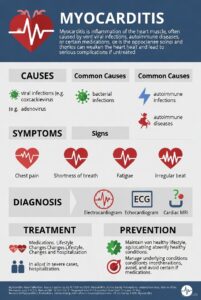-
-
-
- Hospital admission
- Preadmission
- Assign a room based on developmental age, seriousness of diagnosis, communicability of illness, and projected length of stay.
- Prepare roommate(s) for the arrival of a new patient; when children are too young to benefit from this consideration, prepare parents.
- Prepare room for child and family, with admission forms and equipment nearby to eliminate need to leave child.
- Admission
- Introduce primary nurse to child and family.
- Orient child and family to inpatient facilities, especially to assigned room and unit; emphasize positive areas of pediatric unit.
- Room: Explain call light, bed controls, television, bathroom, telephone, and so on.
- Unit: Direct to playroom, desk, dining area, or other areas.
- Introduce family to roommate and his or her parents.
- Apply identification band to child’s wrist, ankle, or both (if not already done).
- Explain hospital regulations and schedules (e.g., visiting hours, mealtimes, bedtime, limitations [give written information if available]).
- Perform nursing admission history.
- Take vital signs, blood pressure, height, and weight.
- Obtain specimens as needed, and order needed laboratory work.
- Support child and assist practitioner with physical examination (for purposes of nursing assessment).
- Preadmission
- Hospital admission
-
-

Reduce Your Risk from Respiratory Viruses This Holiday Season
November 20, 2024, 12:30 PM EST For Everyone NOV. 20, 2024 WHAT TO KNOW Flu, COVID-19, and RSV illnesses are at low levels right now



